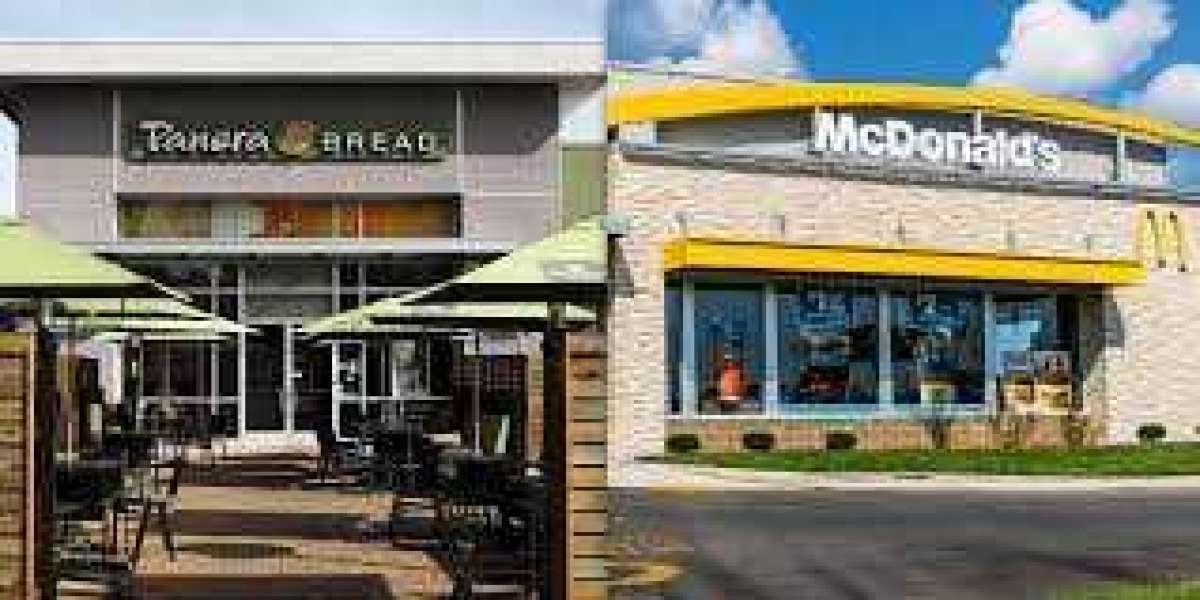McDonald's, a name synonymous with fast food across the globe, has transcended the realm of mere burger joints, becoming an undeniable cultural icon. But beyond the iconic golden arches and instantly recognizable menu items lies a well-defined mission statement mcdonalds: "to make delicious feel-good moments easy for everyone." This seemingly simple statement, however, reveals a multi-layered vision that has propelled the company to global success.
However, understanding the McMission requires delving deeper than just the specific words themselves. This journey begins with the man who built the empire – Ray Kroc. While Ray Kroc, who acquired the franchise rights in 1954, often receives the credit, the story starts with the McDonald brothers, Maurice ("Mac") and Richard ("Dick"). They opened their first restaurant in 1940 in San Bernardino, California, focusing on efficiency and affordability. Their innovative approach, featuring a streamlined menu and self-service, laid the foundation for the fast-food revolution.
However, it was Ray Kroc who recognized the vast potential in the McDonald brothers' concept. He saw an opportunity to standardize and systematize their operations, creating a replicable model that could be scaled across the nation, and eventually, the world. This became the cornerstone of the McMission – to deliver delicious and convenient food experiences consistently across all locations.
what is mcdonald's mission statement, when unpacked, reveal the pillars of McDonald's success:
1. The Quest for Deliciousness: While affordability and convenience remain crucial aspects, McDonald's understands the importance of taste. They consistently invest in product development and quality control, ensuring that their menu items remain palatable and appealing to a wide range of customers. They adapt their offerings to local tastes and cater to evolving dietary preferences, all while maintaining a core menu that brings back nostalgic memories for generations.
2. Building Feel-Good Moments: The notion of "feel-good moments" goes beyond the immediate satisfaction of hunger. McDonald's aspires to create positive associations with their brand. From the vibrant play areas for children to the iconic characters like Ronald McDonald, they strive to cultivate a welcoming and familiar environment for families and individuals alike. This emotional connection fosters loyalty and repeat customers, solidifying their place within the cultural landscape.
3. Accessibility: The Cornerstone of Convenience: Making "delicious food readily available" to everyone is a central tenet of the McMission. This translates into strategic location choices, extended operating hours, and competitive pricing. McDonald's prioritizes convenience, ensuring that their restaurants are easily accessible to individuals regardless of their location or budget.
4. The Power of Standardization: Ray Kroc's vision for standardization played a crucial role in McDonald's global expansion. By establishing strict operational procedures and quality control measures, they ensured that every customer, no matter where they were in the world, would have a consistent and familiar dining experience. This focus on predictability and reliability has been instrumental in building trust and brand recognition on a global scale.
5. Embracing Innovation: While standardization ensures consistency, McDonald's also recognizes the need for adaptability and innovation. They actively explore new technologies, experiment with fresh menu offerings, and constantly seek ways to improve efficiency and sustainability. This dynamic approach allows them to remain relevant in the ever-evolving fast-food landscape.
However, the Mcdonalds mission and vission doesn't exist in a vacuum. It operates within a broader social and economic context. Critics often point to the potential negative impacts associated with fast food, including concerns about nutrition, environmental impact, and labor practices. These concerns require ongoing dialogue and a commitment to responsible production and ethical treatment of employees and the environment.
Ultimately, the McMission reflects an ongoing journey, with continuous learning and adaptation remaining central to its success. As the world and consumer preferences evolve, McDonald's needs to continuously refine its strategies while staying true to its core principles. Whether it's embracing plant-based alternatives or minimizing packaging waste, ongoing adjustments ensure that the golden arches remain relevant and continue to deliver "delicious feel-good moments easy for everyone."
However, understanding the McMission requires delving deeper than just the specific words themselves. This journey begins with the man who built the empire – Ray Kroc. While Ray Kroc, who acquired the franchise rights in 1954, often receives the credit, the story starts with the McDonald brothers, Maurice ("Mac") and Richard ("Dick"). They opened their first restaurant in 1940 in San Bernardino, California, focusing on efficiency and affordability. Their innovative approach, featuring a streamlined menu and self-service, laid the foundation for the fast-food revolution.
However, it was Ray Kroc who recognized the vast potential in the McDonald brothers' concept. He saw an opportunity to standardize and systematize their operations, creating a replicable model that could be scaled across the nation, and eventually, the world. This became the cornerstone of the McMission – to deliver delicious and convenient food experiences consistently across all locations.
what is mcdonald's mission statement, when unpacked, reveal the pillars of McDonald's success:
1. The Quest for Deliciousness: While affordability and convenience remain crucial aspects, McDonald's understands the importance of taste. They consistently invest in product development and quality control, ensuring that their menu items remain palatable and appealing to a wide range of customers. They adapt their offerings to local tastes and cater to evolving dietary preferences, all while maintaining a core menu that brings back nostalgic memories for generations.
2. Building Feel-Good Moments: The notion of "feel-good moments" goes beyond the immediate satisfaction of hunger. McDonald's aspires to create positive associations with their brand. From the vibrant play areas for children to the iconic characters like Ronald McDonald, they strive to cultivate a welcoming and familiar environment for families and individuals alike. This emotional connection fosters loyalty and repeat customers, solidifying their place within the cultural landscape.
3. Accessibility: The Cornerstone of Convenience: Making "delicious food readily available" to everyone is a central tenet of the McMission. This translates into strategic location choices, extended operating hours, and competitive pricing. McDonald's prioritizes convenience, ensuring that their restaurants are easily accessible to individuals regardless of their location or budget.
4. The Power of Standardization: Ray Kroc's vision for standardization played a crucial role in McDonald's global expansion. By establishing strict operational procedures and quality control measures, they ensured that every customer, no matter where they were in the world, would have a consistent and familiar dining experience. This focus on predictability and reliability has been instrumental in building trust and brand recognition on a global scale.
5. Embracing Innovation: While standardization ensures consistency, McDonald's also recognizes the need for adaptability and innovation. They actively explore new technologies, experiment with fresh menu offerings, and constantly seek ways to improve efficiency and sustainability. This dynamic approach allows them to remain relevant in the ever-evolving fast-food landscape.
However, the Mcdonalds mission and vission doesn't exist in a vacuum. It operates within a broader social and economic context. Critics often point to the potential negative impacts associated with fast food, including concerns about nutrition, environmental impact, and labor practices. These concerns require ongoing dialogue and a commitment to responsible production and ethical treatment of employees and the environment.
Ultimately, the McMission reflects an ongoing journey, with continuous learning and adaptation remaining central to its success. As the world and consumer preferences evolve, McDonald's needs to continuously refine its strategies while staying true to its core principles. Whether it's embracing plant-based alternatives or minimizing packaging waste, ongoing adjustments ensure that the golden arches remain relevant and continue to deliver "delicious feel-good moments easy for everyone."







